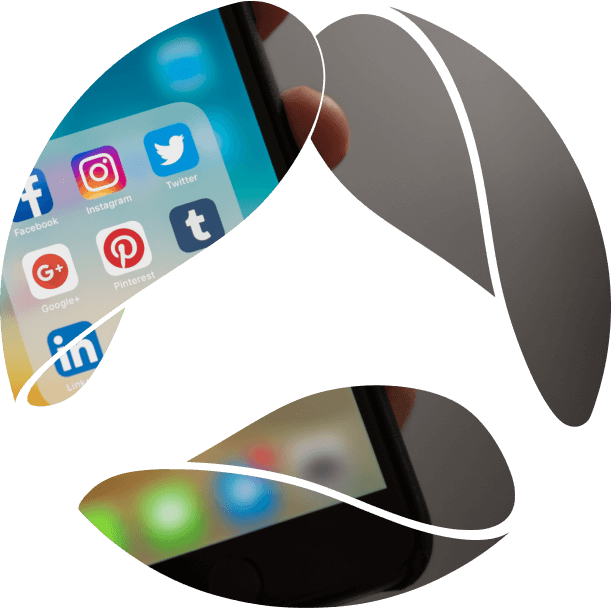Selecting a software company for application development outsourcing is not exactly about choosing a technology partner for a week or two. It is often about choosing a software development vendor to become an extended form of your team for a long period of time. However, as in all kinds of relations you are about to establish, there are always a certain level of risk and number of threats that you should be aware of and armed with the effective and practical strategy to avoid mistakes, making your mobile app development a success.
Mobile app development outsourcing has substantial benefits that first of all concern the ability to help you save funds, increase flexibility of your team, and drastically shorten time to market. However, outsourcing does have its drawbacks, especially if it is your first time at outsourcing app development. So in this article, we will provide you with constructive approaches to mitigating the risks of mobile app development outsourcing.
Let us have a closer look at a potential pitfalls that might await young entrepreneurs as well as established businesses when they decide on a software outsourcing vendor. Mind that it often happens that the risks are mitigated, not by giving new approaches, but by arranging what we have already known just with a renewed approach.
1. Set realistic and specific goals for your mobile app
Knowing your goals, it would be easier to achieve the desired, by defining the first steps to take to make a reality of your goal . Asking yourself what do you want your app to do and what users will get from it will at minimum help you to find the correct outsourcing provider and save investigation funds you will spend together with the selected software development company clarifying where and with what to start.
Once your goal is defined, to outsource app development will be much easier from there.
2. Be ready with critical design and functionality elements
Try to understand what you want the end product to look like and what function it would serve in the mobile app market. You don’t have to make all the mockups yourself – you definitely should find a professional team with great experience in UI/UX. But what you should do is try to understand general esthetic elements without excessive details or try it backwards – research and investigate what design trends in mobile app development are not up to your taste and feel free to communicated it to the UI/UX team.
Moreover, it’s important to define the key design concepts – like have them laid down in a brand book is a good option. If not, just mind that sometimes cultural differences might affect the interface design too. However we believe that with the professional UI/UX team that keeps up with the design trends will only help to distinguish your application among that of competitors and determine its success on the market.
3. Start with a small project like MVP or PoC
Instead of a trial period startups are very fond of, we suggest paying due attention to developing an Minimum Viable Product (MVP) or Proof of Concept (PoC). In contrary to a trial period when deliverables could be quite limited, an MVP is almost a ready-to-use product. It’s more than enough to show a concept of a mobile app to investors and test it with the target audience.
With the appropriate development of an MVP, you will be armed with the most critical functionality an end-to-end application should possess. On top of that, the further development following the MVP stage will be less subjected to bugs but definitely more viable within a business environment.
Moreover, it’s a great opportunity to learn more about the mobile outsourcing candidates and how they work, before making a long-term commitment. It’s hard to find a better way to mitigate outsourcing risks but with a substantial deliverables than starting an MVP together.
4. Ensure two-way communication
Beware when your software vendor always agrees. Beware when they do not report you on a regular basis. Watch out if they do not discuss with you any potential issues or threats. If you hear “yes” or “everything is great” too many times it usually means that your companion just have a hard time saying “no”. Missed deadlines with a bitter feeling of disaster that could have been prevented is a highly possible outcome of such relations. Demand it from your outsourcing partner to always sit down together and discuss potential threats.
What do we suggest? Ask your potential vendor about their experience in such collaboration tools: Jira, Confluence, Pivotal Tracker, GitHub, Trello, Basecamp, Bitbucket.
5. Lowered costs as disadvantage
Even though lowered costs is often the main reason most companies outsource in the first place, remember that it’s quality that will help your mobile app to attract users and win their attention. Ask yourself, how much value are you really getting in return for a certain amount of dollars per hour? A seasoned app development company cherishes its competence, investing in certifications, trainings, and overall quality improvement which usually involves costs and influence rates.
Discounts not always means lesser costs, so just remember that something that sounds too good to be true, usually is too good to be true.
6. Well thought out contract
A contract should outline specifics about payment, creative and other rights, expectations and roles, as well as cooperation strategy. Lawyer review is a vital procedure prior to signing any contract.
If the vendor isn’t meeting your established quality expectations as to the mobile app, contract should provide you with the best and safe options to terminate your agreement. Setting a date when the contract should be up for renewal so that you can consider whether to continue or not.
Professionally compiled contract is the best guarantee that all your ideas are protected against plagiarism.
7. East or west, home is best?
Gather as much background information on the company you are going to work with as possible and ask for local or office numbers. If you planning to establish serious relations, it’s better to visit a company onsite. Besides it’s a great opportunity to check company’s working facilities and get acquainted with the team you are potentially going to work with.
However there is one more option, like ask your potential development partner to visit you – but be ready for such visit. Receiving guest even business ones is quite responsible mission.
Experienced software development companies usually practice different cooperation models, so you can ask about previous experience of onsite cooperation. It may even happen that company would be ready to send part of the team to join you onshore. Isn’t it an extra evidence of a company’s reliability? Probably it is.
8. Treat outsourced projects the same as internal
Be diligent about documentation, explicit with your specifications, and pay due attention to project management expertise your software provider possesses. Sync up regularly, video meetings, and respect your outsourced team so that you feel confident about future of your project and your software engineers feel devoted about developing your app.
Choose an application development outsourcing team based on quality, not price, keep constant communication with your software developers, and do thorough research and interviews on a first stage. When you find potential vendor of mobile software development, start with MVP. Making a quality prototype of a mobile app is the best way to verify whether a company follows industry best practices and services, have the talented mobile app developers, and proven work processes.









